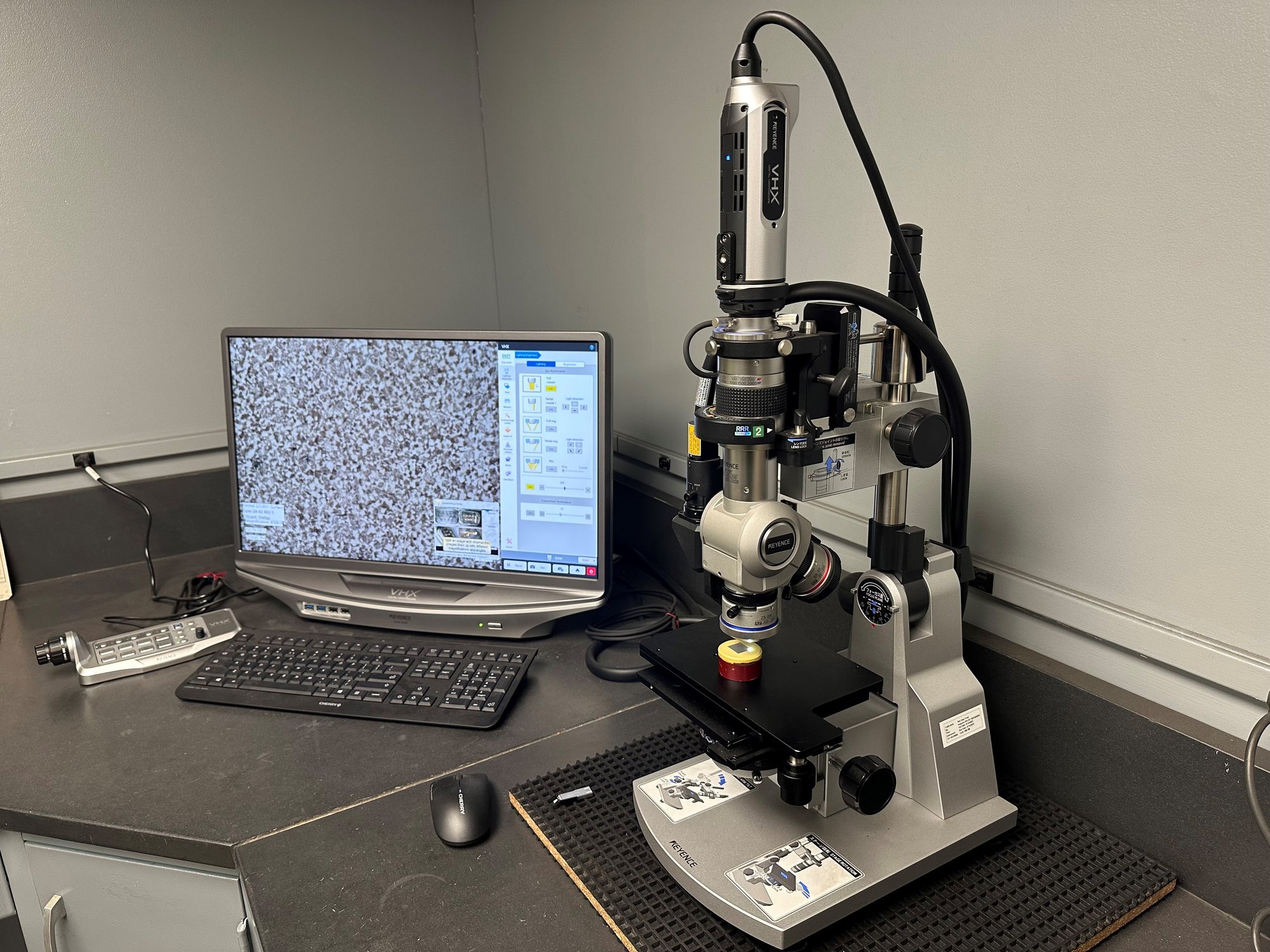Our Heat Treatment Services
Our Heat Treatment Services
With over eight decades of expertise in the field, we boast an expansive array of advanced heat treatment capabilities. Our services cater to various industries, spanning aerospace, automotive, construction, and defense sectors, mining and drilling, and more.
At our state-of-the-art facility, we're equipped to process components of sizes up to 20 feet. Explore our comprehensive solutions to discover how we can elevate your materials and components to meet the highest performance and durability standards.
Austempering
Our austempering process involves precise heat treatment to enhance the strength and durability of materials, resulting in improved mechanical properties and resistance to wear and fatigue.
Nickel and Alloy Steel
Our expertise extends to nickel and alloy steels, where we tailor heat treatment solutions to enhance the properties of these materials, such as corrosion resistance and high-temperature performance.
Titanium
We specialize in heat treating titanium, ensuring it achieves the desired combination of strength, lightweight properties, and resistance to extreme temperatures to meet specific requirements.
Carburizing
Carburizing is a specialized treatment that infuses carbon into the surface of metal components, increasing their hardness and wear resistance. Ideal for parts that need to withstand harsh conditions.
Stainless Steels
We provide heat treatment solutions for stainless steel, enhancing its strength and corrosion resistance, making it ideal for applications in various industries, including aerospace and medical devices.
Vertical Heat Treatment
Our vertical heat treatment capabilities enable efficient and uniform treatment of large and complex components up to 20ft, ensuring consistent results across all dimensions for large pieces.
Hardening & Tempering
We offer hardening and tempering services to optimize the balance of hardness and toughness in your materials, ensuring they perform reliably in demanding, high-stress applications.
Solutions Treating & Aging
Our solution treating and aging processes are designed to improve the mechanical properties of materials like Titanium and PH or Stainless Steel, optimizing their performance for critical applications.
Vacuum Heat Treatment
Vacuum heat treatment provides a controlled environment for heat treatment processes, minimizing oxidation and contamination, and is suitable for materials with strict purity requirements.
Additional Capabilities
- Austenitizing
- Tempering
- Carburizing
- Cold Straightening
- Fixture Straightening
- Oil Quenching
- Cryogenic Freezers
- Salt Quenching
- Salt Snapping
- Solution Treating
- Water Quenching
- Age Hardening
- Metallurgical Services
- Other
Lab Services
Both facilities are equipped with cutting-edge equipment and are staffed by highly skilled technicians. Our labs provide a comprehensive range of production testing capabilities. We are dedicated to delivering consistently superior results and providing the highest level of confidence in the quality and performance of our treated materials.
We have microstructure and surface contamination testing capabilities for alloy steels, stainless steels, Titanium alloys, and more. Lansdale's NADCAP-approved metallurgical lab can provide photographs of tested samples along with certifications.

Types of Equipment
- Atmosphere Batch IQ's
- Vacuum Batch IQ
- Vertical Gantries
- Vertical Vacuum Gantry
- Multi Tray Pushers
- Box Furnaces
- Cryogenic Freezers
- Car Bottom
- Induction
- Sauder "Clam Shell" Furnaces
- Furnaces to 20 feet
- Vacuum Batch Furnaces
- Fast Quench Delays
Get Advanced Heat Treatment Solutions
Our experts are here to help you maximize the performance of your materials.
Get a Quote